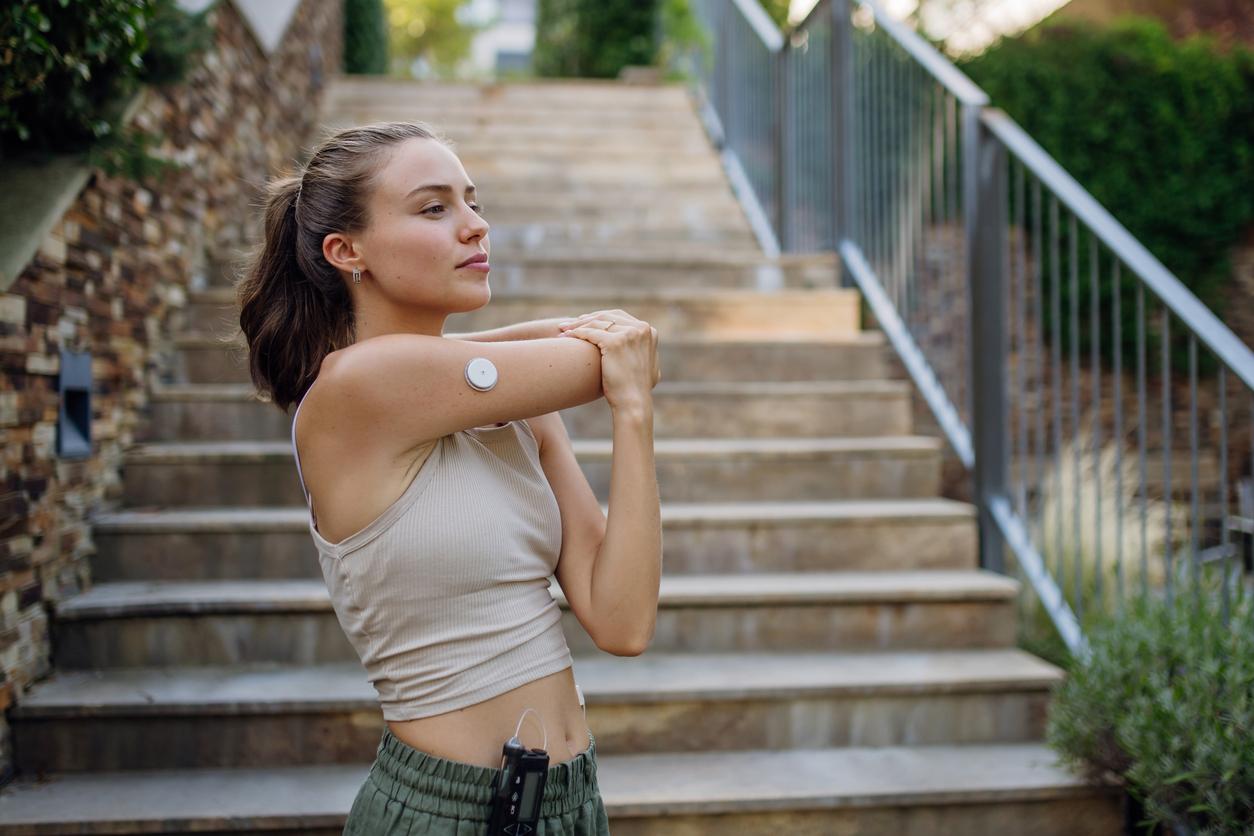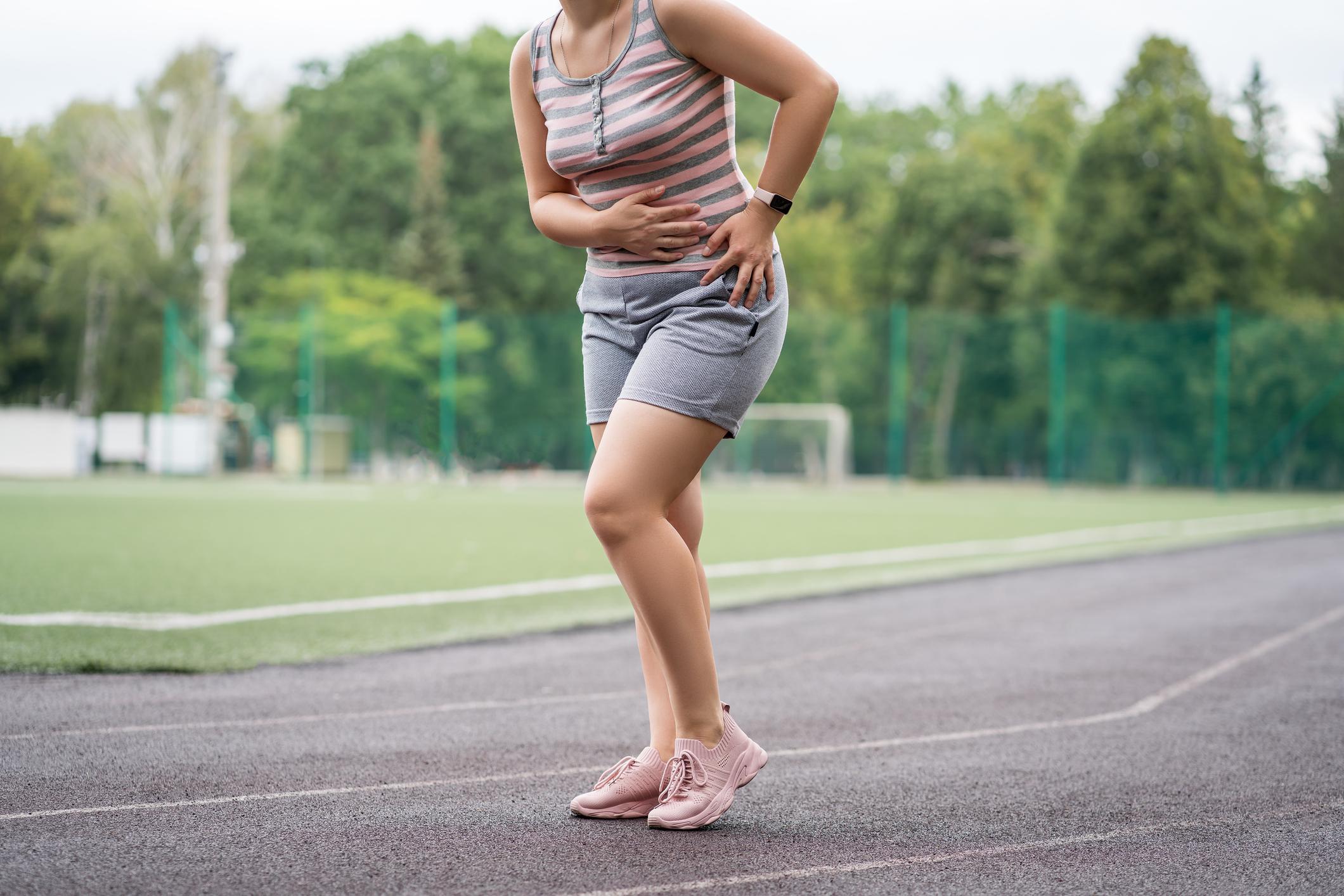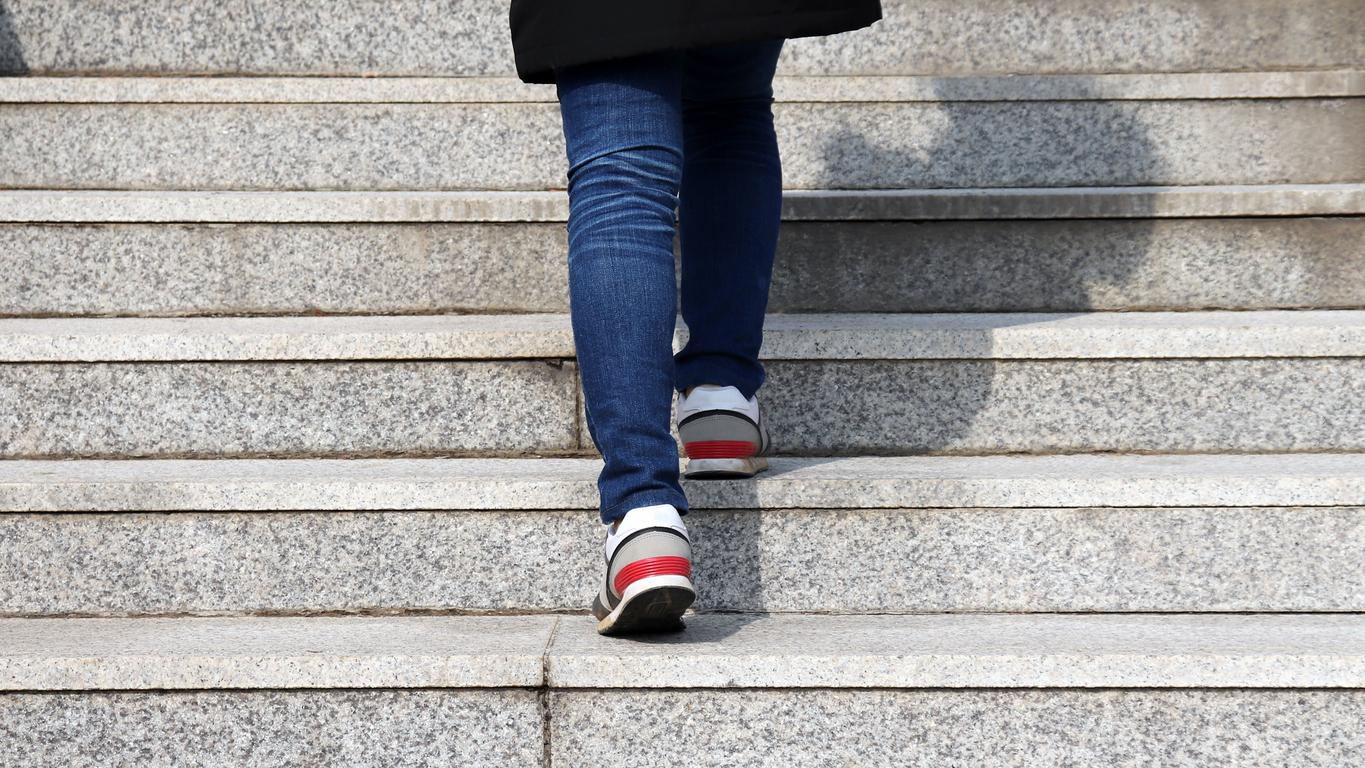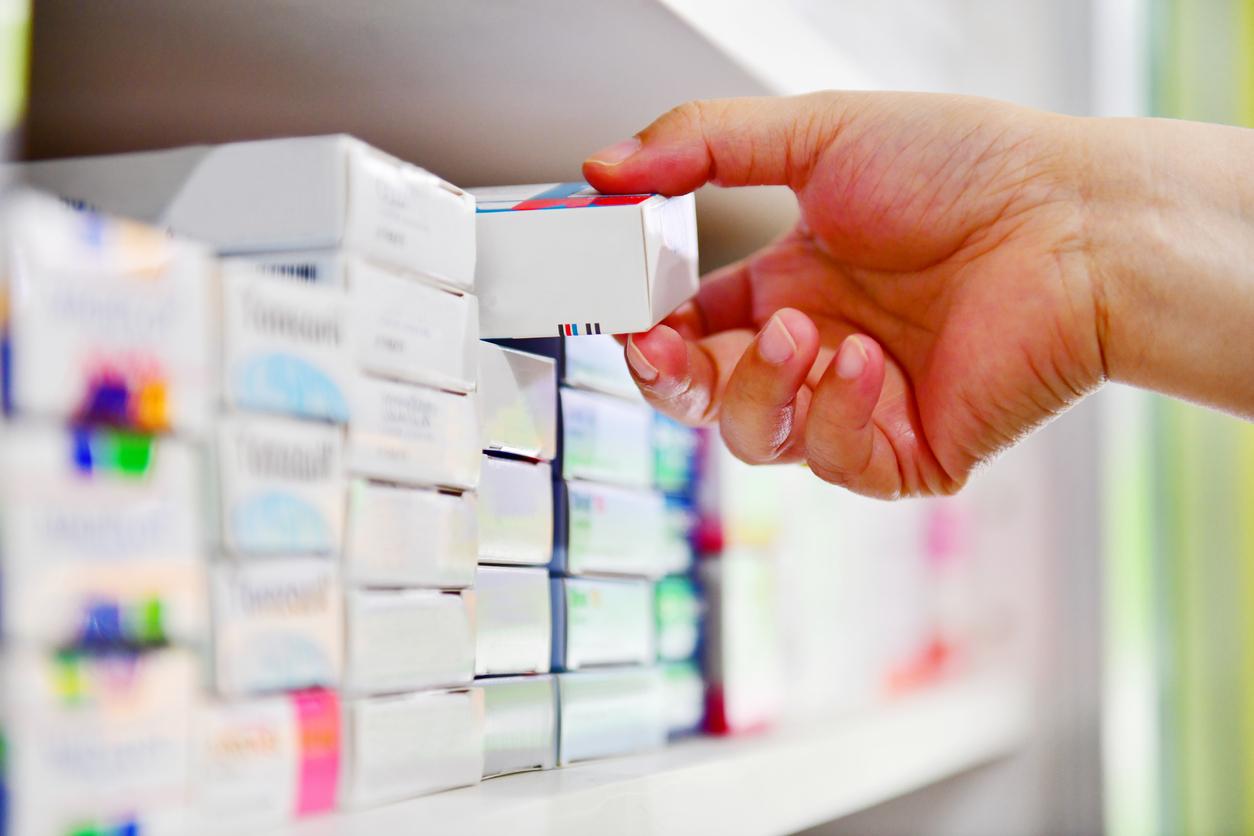A team of researchers affirms that physical activity, even if practiced occasionally, can drastically reduce the risk of type 2 diabetes.

- An Italian study shows that a single 30-minute session of aerobic exercise can improve insulin sensitivity and reduce glucose levels, even in healthy young adults.
- Participants saw their fasting and post-load glucose levels drop significantly 24 hours after exercise, with better use of glucose by the body.
- These results indicate that even occasional physical activity can have immediate effects on metabolism and prevent type 2 diabetes without requiring regular training.
Can a single half-hour workout here and there really boost our metabolism? There is no doubt, according to a new study published in the Journal of Endocrinological Investigation : physical activity, even very occasional ones, can significantly reduce blood glucose levels and improve insulin sensitivity. These results could open new avenues for preventing type 2 diabetes, a disease that is rapidly increasing worldwide.
What are the immediate effects of exercise on metabolism?
Physical activity has long been recognized for its health benefits, including diabetes prevention, but most studies focus on the long-term effects of regular exercise. Here, researchers from the Centro per le Malattie Endocrine e Metaboliche, in Italy, wanted to measure the immediate effects of a single session of physical exercise on glucose metabolism.
To do this, they recruited 32 healthy young adults, aged 20 to 35, with no history of diabetes or participation in competitive sports. After a glucose tolerance test, each participant completed a low-intensity jogging session (at 60-65% of their VO2max, i.e. the maximum amount of oxygen the body can use per unit time) for 30 minutes. The researchers then measured their glucose and insulin levels again 24 hours after exercise.

A direct impact on glucose regulation and insulin
The results revealed a significant improvement in glucose metabolism the day after exercise, according to a press release. Fasting glucose levels dropped from 82.8 mg/dL to 78.5 mg/dL, while post-load glucose levels (one hour after glucose ingestion) dropped from 122.8 mg/dL to 111.8 mg/dL. Insulin levels also decreased from 57.4 µIU/ml to 43.5 µIU/ml after exercise.
These reductions suggest an improvement in insulin sensitivity, a key factor in preventing type 2 diabetes. Indeed, the Matsuda and QUICKI indices, which assess this sensitivity, increased respectively from 7.79 to 9.02 and from 0.36 to 0.38, thus showing better use of glucose by the body. Additionally, the HOMA-IR index, which measures insulin resistance, decreased from 1.51 to 1.28, reinforcing the idea that even a single exercise session can have immediate and measurable effects on metabolic health.
Conclusion, a simple one-off effort, such as a brief running session, can have a direct impact on glucose regulation and insulin in just 24 hours. An observation which could well reassure people who are not very sporty…

















